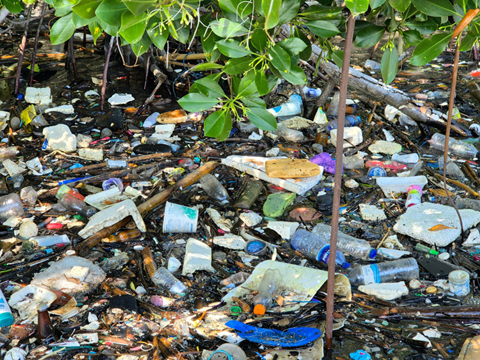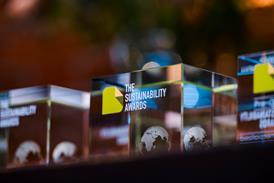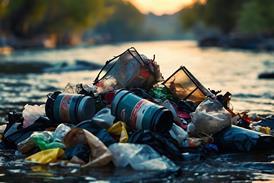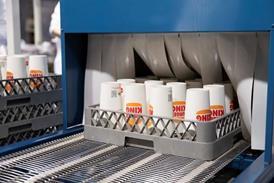
The European Commission has provided optional guidance to help Member States calculate Extended Producer Responsibility (EPR) costs under the Single-Use Plastics Directive.
The document is not legally binding, but it advises Member States on the interpretation and implementation of Article 8 under the Single-Use Plastics Directive. It encompasses the costs of cleaning up food and beverage containers, including cups, packets, and wrappers, and lightweight plastic carrier bags.
The Commission suggests allocating EPR costs by the weight, volume, or amount of waste generated, and provides two different approaches to calculating the amount of single-use plastic litter in public locations.
Input-based methodologies can use industry-level data, whether from official European or national databases, on the weight or numbers of single-use plastic products placed on the market. This can then be compared with estimated amounts of single-use plastic litter in public spaces, derived from field evaluations, individual consumer behaviour trends, market characteristics, etc.
Altogether, this information is set to create an estimate of the total amount of single-use plastic products properly disposed of or littered in each Member State. However, the Commission emphasizes that this approach relies on thorough market data and does not take cross-border movement or free-riding into account. Nor is it expected to differentiate costs between different municipalities, since the relevant market data is unlikely to be available.
Output-based methodologies, on the other hand, are set to calculate the total amount and/or quantity of plastic waste in the environment from litter sampling studies. This requires data from post-collection and litter clean-up analyses – whether at local, regional, or national levels – on the total amount of litter and proportion of single-use plastic products.
The Commission adds that this approach’s accuracy relies on robust parameters in previous sampling studies. The number and frequency of measurements should be statistically representative; factors like seasons and weather likely to affect sampling, while impurities like moisture content and food residue can affect weight-based cost allocation.
At least one unit of measurement (weight, volume, or amount) should be used to cover all costs at the clean-up, transport, and treatment stages, the Commission says; yet it warns that costs can differ ‘significantly’ between plastic products depending on the chosen measurement. It urges public authorities to only charge EPR costs for the cleaning processes performed.
Member States could also be asked to provide data on the main litter-related expenses. These might include the costs of clean-up and treatment, machines, utilities, vehicles, and transportation (costs per hour multiplied by annual vehicle and utility use). This could then be shared among all relevant producers based on the amount of products they place on the market, since the identification of branded litter is believed to be ‘difficult and costly’.
In a recent article for Packaging Europe, Calvin Lakhan, director of Circular Innovation Hub at York University’s Faculty of Environment and Urban Change, explained why Canada’s EPR programme costs have boomed, despite recycling rates stagnating or even declining – and pointed out how Europe can learn from the results.
He argued that Canadian EPR frameworks ‘remain focused on transferring financial responsibility’ and fail to take barriers like contamination, fragmented collection, and weak end-markets into account. Apparently, increasing programme costs have not been backed up with investment in standardized collection, sorting infrastructure, or end-market development.
Back in the EU, another legislative development is currently under way: 2023/0373(COD), a regulation set to address plastic pellet losses across the supply chain. The Rethink Plastic Alliance is among the organizations applauding the measure’s intentions, but questioning its exemption of SMEs handling pellets in quantities under 5 tonnes.
If you liked this story, you might also enjoy:
The ultimate guide to the Packaging and Packaging Waste Regulation in 2025
How are the top brands progressing on packaging sustainability?
Everything you need to know about global packaging sustainability regulation in 2025
The key to increasing the use of reusable packaging in supermarkets


















No comments yet